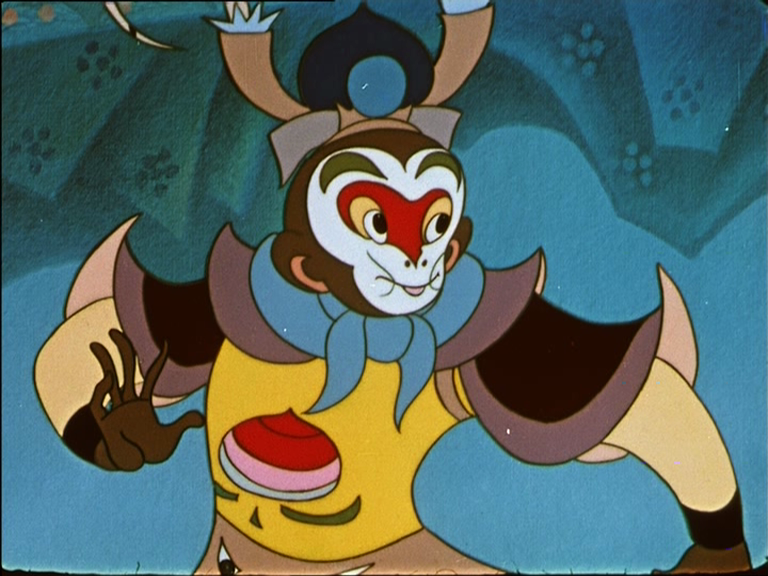Some time ago I was asked by an artist much older than myself to write an essay for a catalogue about his work. After it had been published, he wrote to me saying that while he had very much enjoyed reading it, he didn’t think that it reflected his own ideas about his work. I wrote back to him pointing out that he was old enough to be my grandfather and that (leaving aside the different perspectives of maker and viewer) the respective social, political and other experiences we brought to the work would necessarily result in some differences in the way we saw it, however much we might agree on the work’s fundamental formal characteristics and mechanics. He never wrote back, but the point is this: the discourse around works of art is something that can change and evolve over time. Even if the works themselves never physically do so.
US-based academic Hongmei Sun’s study of the thousand-year evolution of the story of Sun Wukong traces exactly this phenomenon (albeit on a much grander scale). It takes as its subject the ways in which the tale of the Monkey King (the best-known version of which is Wu Cheng’en’s sixteenth-century, 100-chapter text Journey to the West) shaped, and has been shaped by, the evolving culture of China and beyond. Briefly summarised, the tale (which has older roots than Wu Cheng’en) describes how Monkey challenges the established order of the gods; is punished by the Buddha; then finds redemption and enlightenment protecting the monk Tripitaka on his journey to bring scriptures from India to China. What Sun adds to this is a commentary on how, over the years, Monkey, the shapeshifting trickster, has been reinvented in successive texts, plays, animations, movies, comics and performances: if Journey to the West is a tale of metamorphoses, it has itself metamorphosed over time. Sun then seeks to investigate what that tells us about the nature of folktales (or popular artworks) themselves and about the authors and audiences who keep them animated: the perfect gift, then, for one elderly artist.
From the Summer 2018 issue of ArtReview Asia
